

As conflicts continue to rage in the Middle East, North Africa, and elsewhere, millions of people have found themselves without papers, a state, or a home. Architecture is directly implicated in this humanitarian crisis—providing shelter is, after all, a primary onus of the disciple—and it’s taken notice, as the projects rolling out of Venice make clear.
Submitted to our May open call for socially-engaged work, “The Permanent Temporality of Refugee Camps: The Syrian Chapter” is the Masters thesis project of Nikita Gyawali, a student at the Aarhus School of Architecture. In it, Gyawali tackles the refugee crisis head-on, mapping out a refugee camp in Turkey and developing a new urban prototype for its Syrian refugees.
"The project focuses on the dilemmas and problems facing the refugee camps today, namely those of temporality, segregation and control, protraction of situations, psychological and physical well being, self management and self sufficiency," Gyawali explains. "In dealing with these issues, and pre-existing guidelines, a proposal for a new urban prototype is made, a camp for Syrian refuges in south eastern part of Turkey."
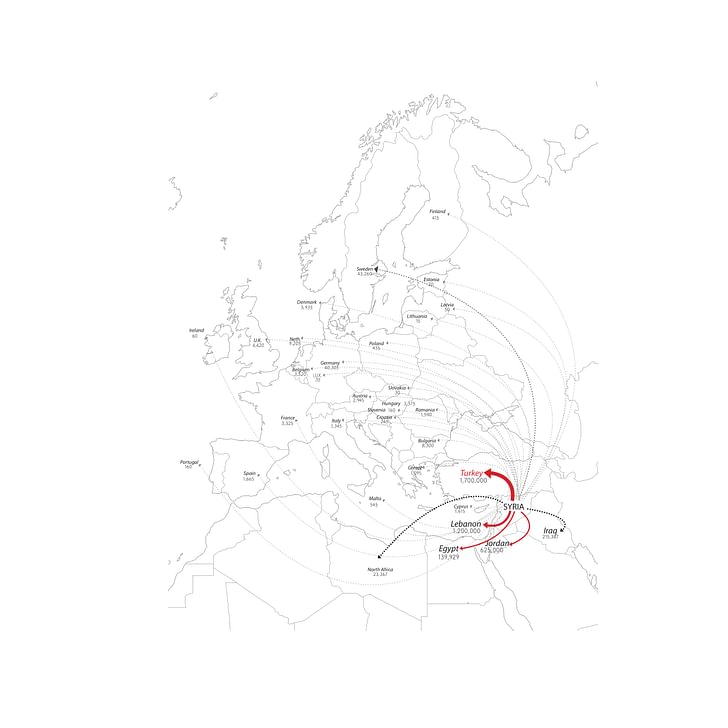
"The test site is located on the Syrian border in southeastern Turkey along the river Euphrates in Karkamis district," she writes. "Despite the existence of a refugee camp close to the chosen site, there remains around 160,000 urban Syrians with the majority of families living outside of camps, unregistered, in squalor conditions, with an obvious need for more camps around that area."
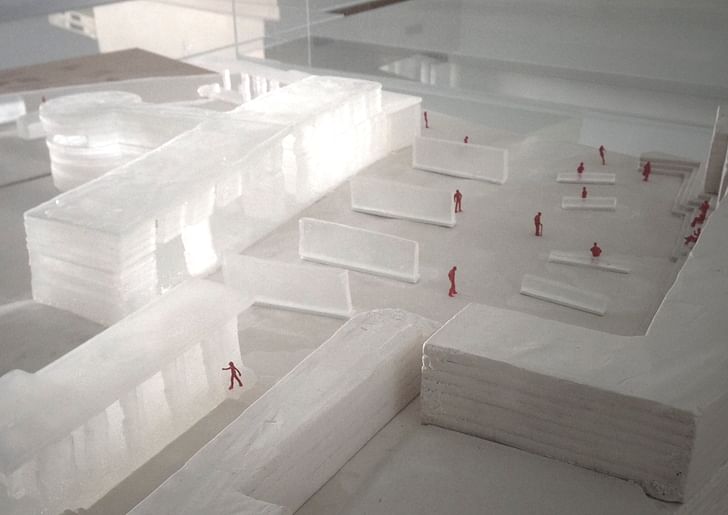
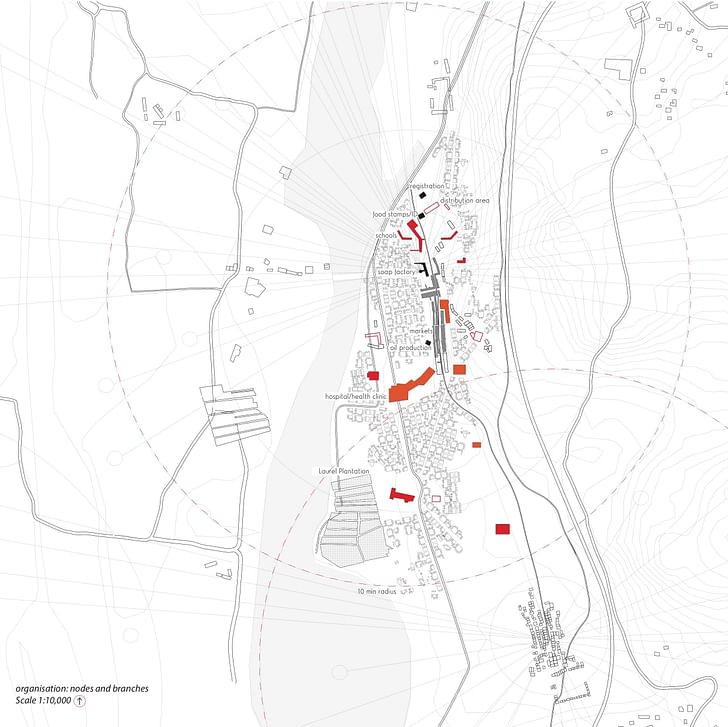
"The majority of Syrian refugees in this area come from Aleppo, the biggest city in Syria. The old city fabric of Aleppo including the souks or the markets and the old citadel becomes the basis for the new camp layout. The project aims to rekindle the ancient craft of soap making in Aleppo through soap making facilities and workshop spaces. The project tries to bring back the everyday sight and smell of soap to the displaced Aleppans in Turkey, a direct connection to the homeland."The new camp addresses the possibility of long term stay and integration of Syrians into Turkish soil
According to Gyawali, "The new camp addresses the possibility of long term stay and integration of Syrians into Turkish soil, focusing on issues of self-reliance, through employment and education. The new urban camp focuses on: markets as series of semi public spaces leading up to a big public plaza; schools as important structures in organizing the settlement; possibility of growth and settlement into a city."
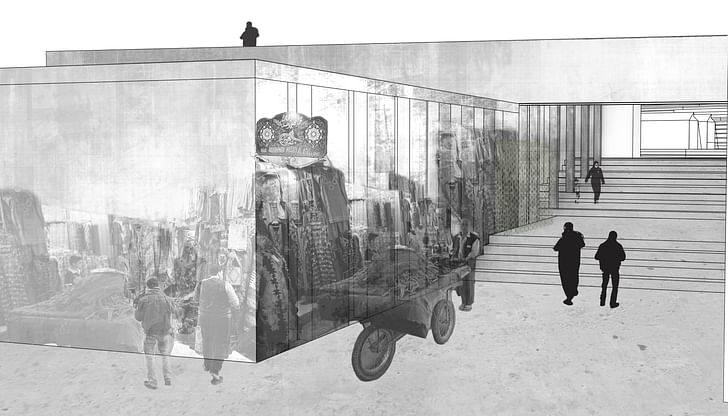
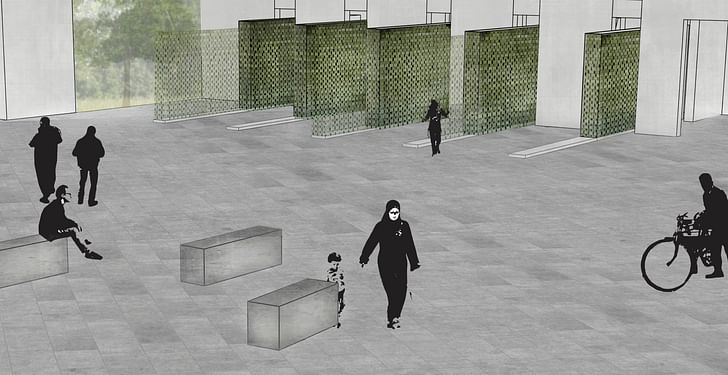
The project intends to reinvent refugee camps as urban catalysts, humanitarian and political agencies."The project incorporates cluster planning method of layout, encouraging and re-enforcing viable social communities," she states. "It also takes into account the organic growth pattern of informal settlements, which are already present in existing refugee camps. It acknowledges the way of life and everyday spaces used by people in this part of the world and adjusts the size/ structure of the layout accordingly."
"The project intends to reinvent refugee camps as urban catalysts, humanitarian and political agencies."

Check out the rest of Nikita Gyawali's project in the image gallery below.
This project was submitted to our open call for our special May theme, Help. Interested in other projects that engage with the social aspects of architecture? Follow this link.
Writer and fake architect, among other feints. Principal at Adjustments Agency. Co-founder of Encyclopedia Inc. Get in touch: nicholas@archinect.com
No Comments
Block this user
Are you sure you want to block this user and hide all related comments throughout the site?
Archinect
This is your first comment on Archinect. Your comment will be visible once approved.